Creating a seamless integration between your deck and the garden surrounding it isn't just about aesthetics, though it is about an extension of (or amplification) of your indoor living space. It is a perfect blend of nature and architecture, from which the beauty and utility of your home receive an additional boost.
In this article, we explore the art of creating this perfect balance, an area that is an integrated unit, an outdoor wonderland. Thoughtful planning and design that brings the deck and the garden together in a unified whole is the key to this integration. By using these top tips you will be able to make your outdoor space one where man made structure seamlessly blends with natural beauty to make for an inviting environment excellent for relaxation and enjoyment.
Tips for Integrating Your Deck with Your Garden
1. Assessing Your Outdoor Space
Begin by surveying the total amount of outdoor space you currently have. Look at how your deck relates to the garden now, assess the layout, and figure out the direction of the sunlight. This first assessment will help you evaluate the space’s potential as well as its limitations, helping you make informed design decisions.
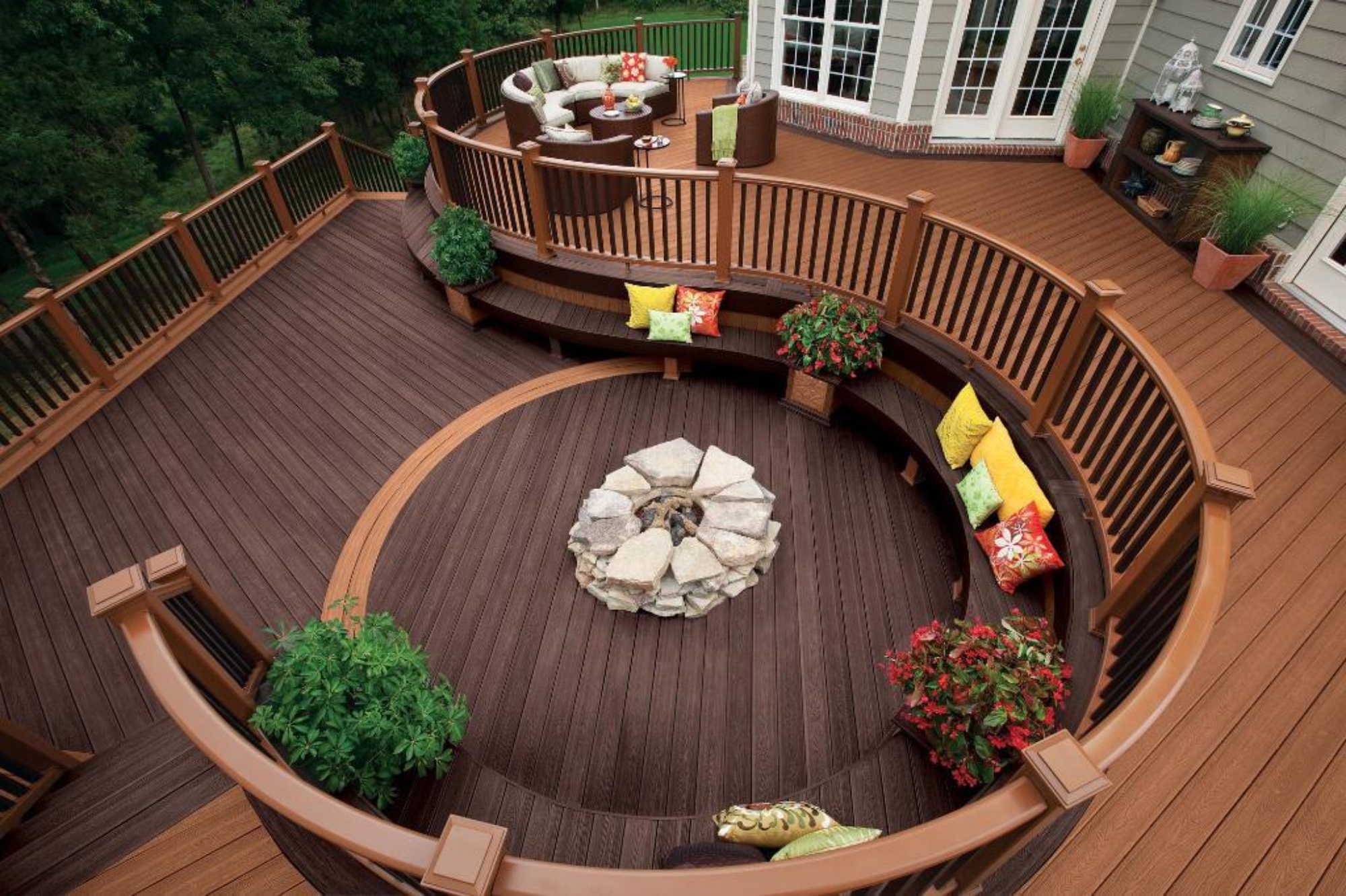
Look at what’s on your deck and how you can improve or change that to better engage with the garden around it. It's also important to pay attention to finer things like where existing trees, shrubbery, and the natural flow of space is. Integrating your deck with the garden is one of these elements that are very crucial.
2. Design Strategies for Seamless Integration
Integrating the deck with the garden needs analytic approach focusing on the flow between them. Take a look at the lines and shapes your garden takes naturally and mimic those in the design of your deck. For example, curved decks can replicate the organic forms of the natural world, facilitating a more natural transition.
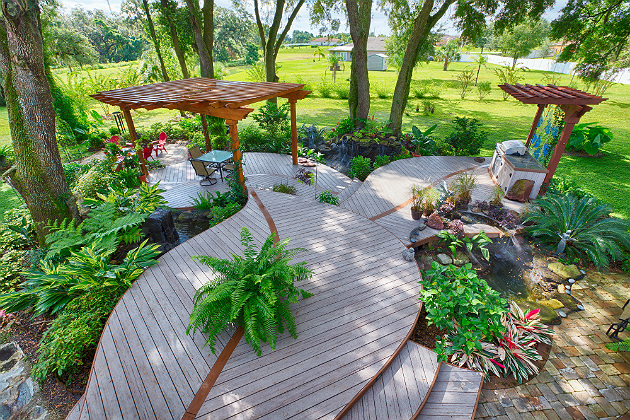
Elevation and layout of the deck is another important aspect. Strategically steps, levels, and pathways can be designed to create a smooth, and inviting transition from the deck to the garden, from one space to the next.
3. Material and Color Selection for Cohesion
The materials you choose for your deck are also important in order to create a unified look. Select materials that compliment the natural elements of your garden. For instance, natural wood decking works well with traditional gardens, while composite materials suit a more contemporary garden setting.
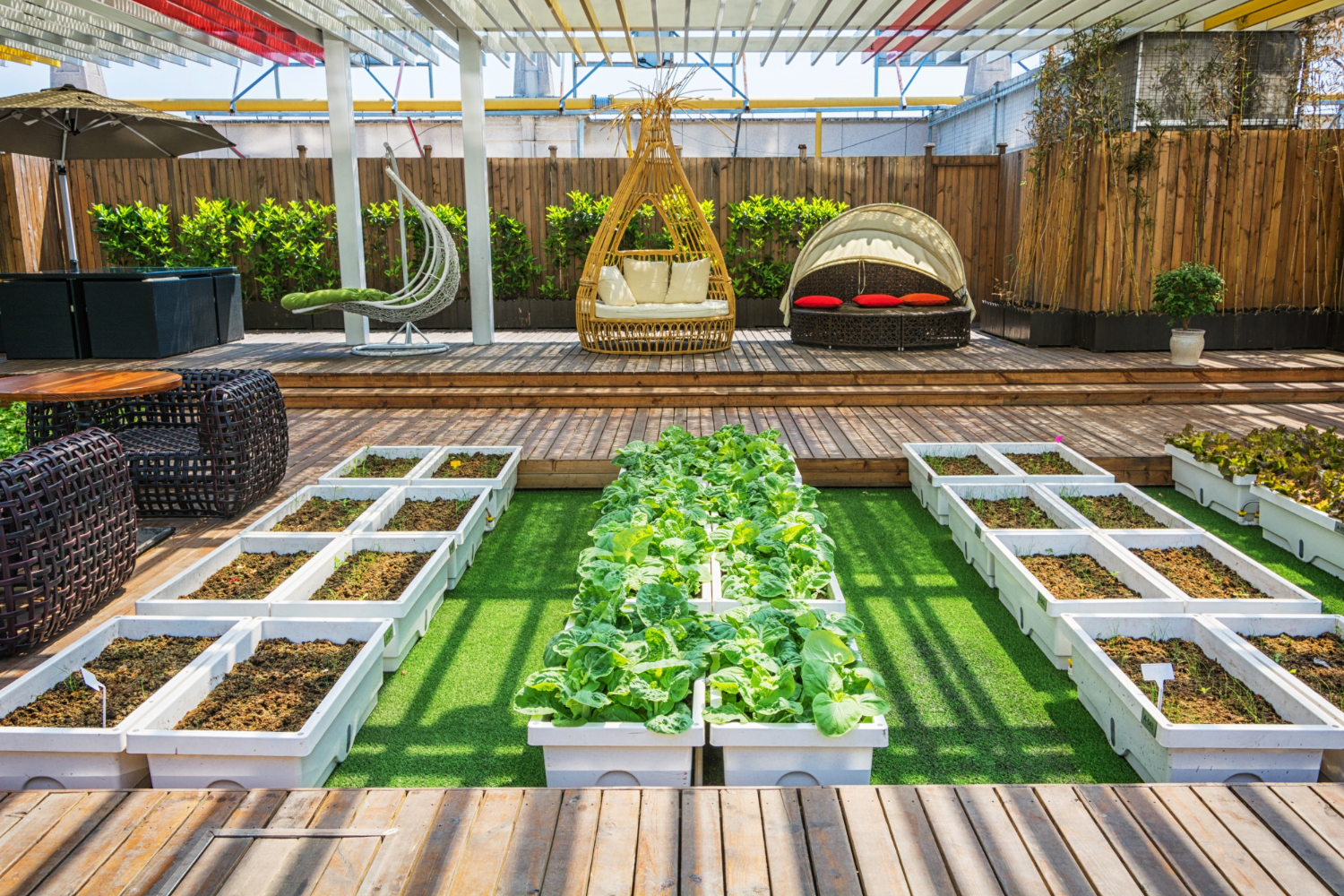
They can be a stunning addition, creating a focal point that draws out the deck and By integrating your deck into your garden space, you have an outdoor area that exudes function and beauty simultaneously. Then it becomes a spot where the comfort of your home and the beauty of nature are combined. Don’t forget that the most important part of successful integration is to carefully plan it, attend to the details and passionate love for the natural elements making up your garden.
Colors also play a significant role in integration. By selecting a color palette similar to the colours in your garden, you can make your deck feel like a part of the outdoor space. When deciding which stains or paints to use to stain or paint your deck, have a look at the dominating colors in your garden’s foliage as well as its flowers.
4. Blending Greenery with Deck Design
Including greenery into your deck design is a beautiful way to blur the built and natural worlds. With the help of built in planters or trellis, embellished with climbing plants, you can create a beautiful, garden like environment on your deck. Also, let's not forget the use of strategically placed potted plants that, apart from augmenting the richness of colour that the deck exudes, will also effectively enhance the cord between the deck and the garden.
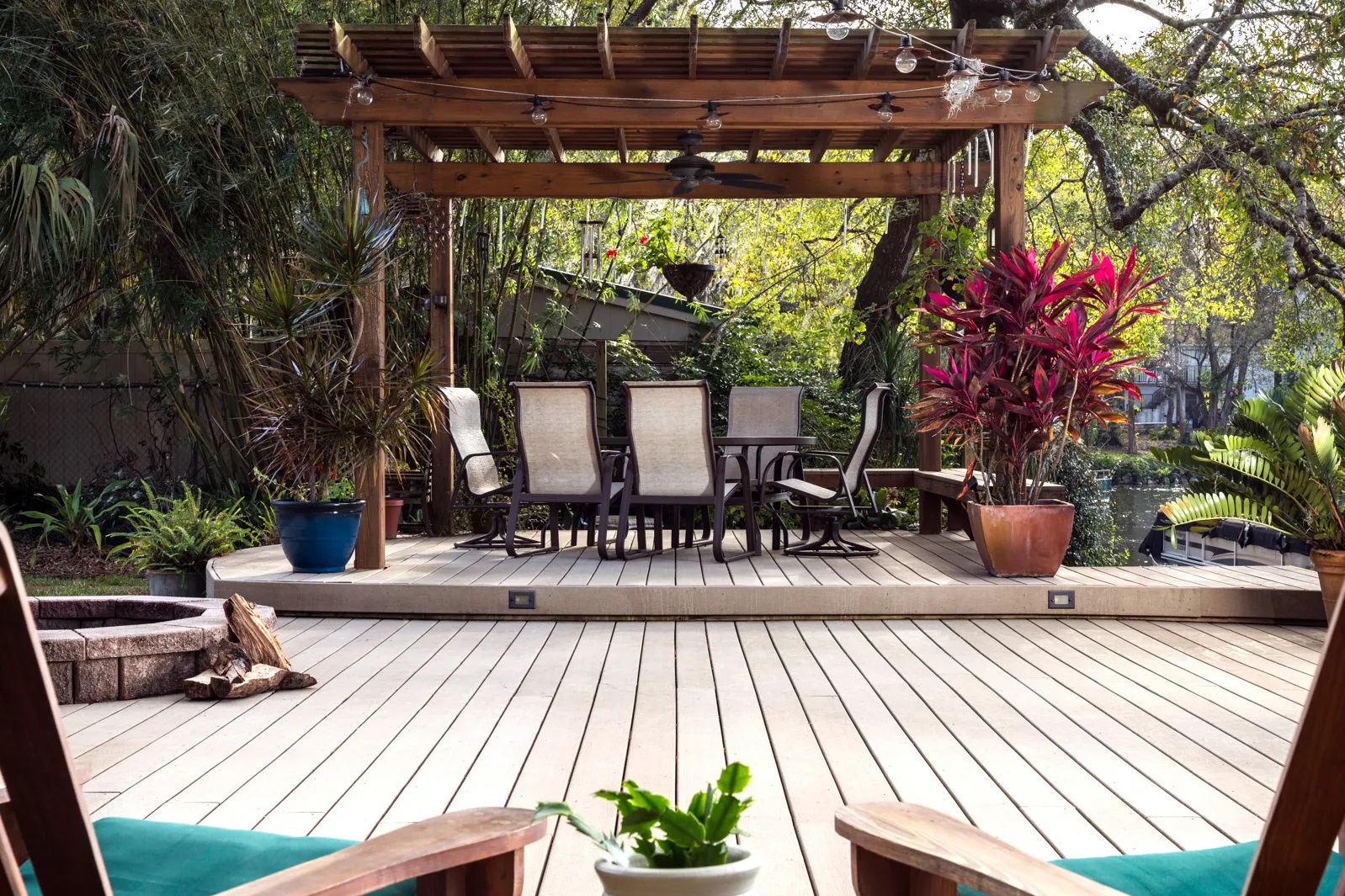
At the time you select the plants you need to think about particular situations of your deck including sun exposure and shaded areas. Engaging with experienced deck builders can be invaluable in this process. This expertise can help guide you in means that will work to enhance the layout and featured of your deck for vegetation, to provide that your greenery choices are each aesthetically pleasing and explicable for the urgently.
5. Creating a Unified Outdoor Theme
When selecting outdoor furniture and accessories, it is important to choose a unified theme. Pick styles that go together with the character of the home and garden. No matter whether you choose bright modern minimalist furniture pieces or rustic wooden ones, the key to harmonizing your outdoor space is consistency.
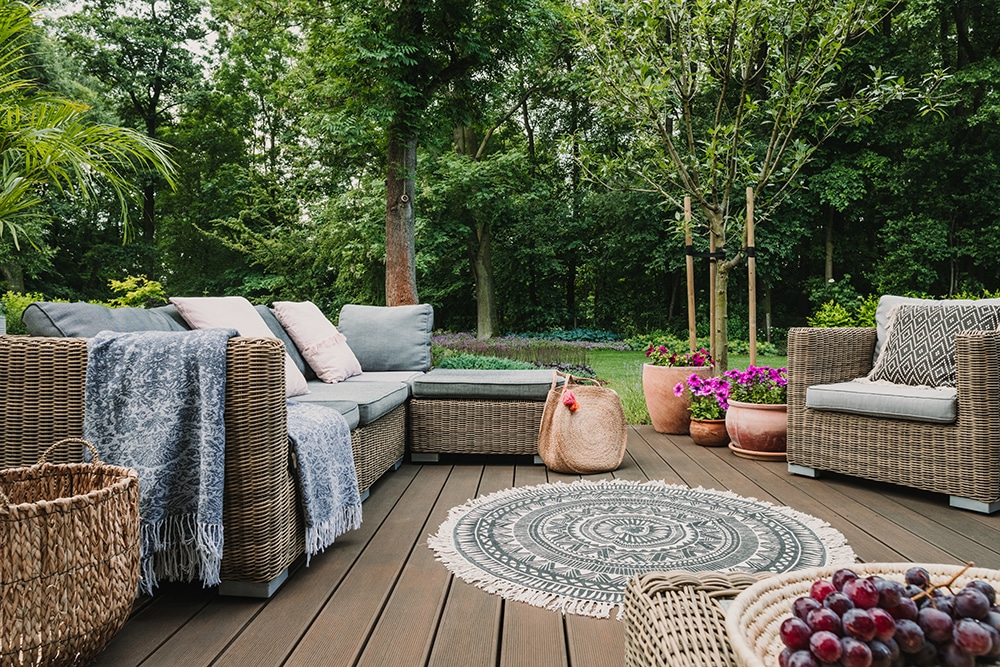
Outdoor rugs, cushions and art can also help tie the deck into the garden with decorations and accessories. They help make the theme and colour scheme come together into a unified and considered outdoor living area.
6. Innovative Lighting to Enhance Integration
A superpower of lighting is the ability to draw the deck into the garden. The two spaces are perceived together, depending on the time of day and natural light. Lighting placed carefully at night can highlight the key features of the area and make it warm and inviting.
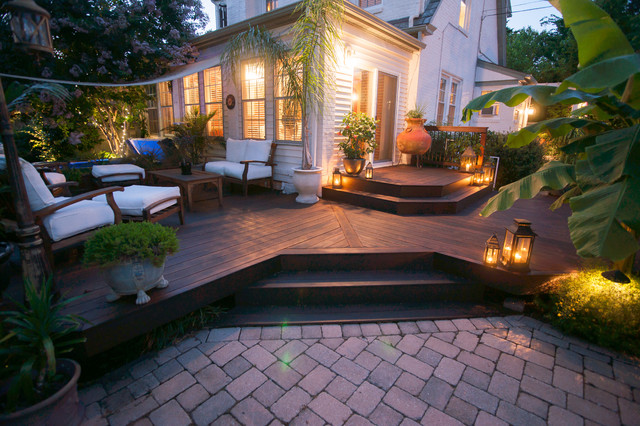
A mix of functional and decorative lighting is worth considering. Accent lights can spotlight specific plants or garden features, and path lights can guide from the deck into the garden. By stringing string lights or lanterns along the deck deck, the two spaces merge into one cozy festive feel.
7. Integrating Water Features
Water features can be a stunning addition, creating a focal point that draws the deck and garden together. The sound of running water adds a tranquil element to your outdoor space, enhancing the sensory experience of both the deck and the garden.
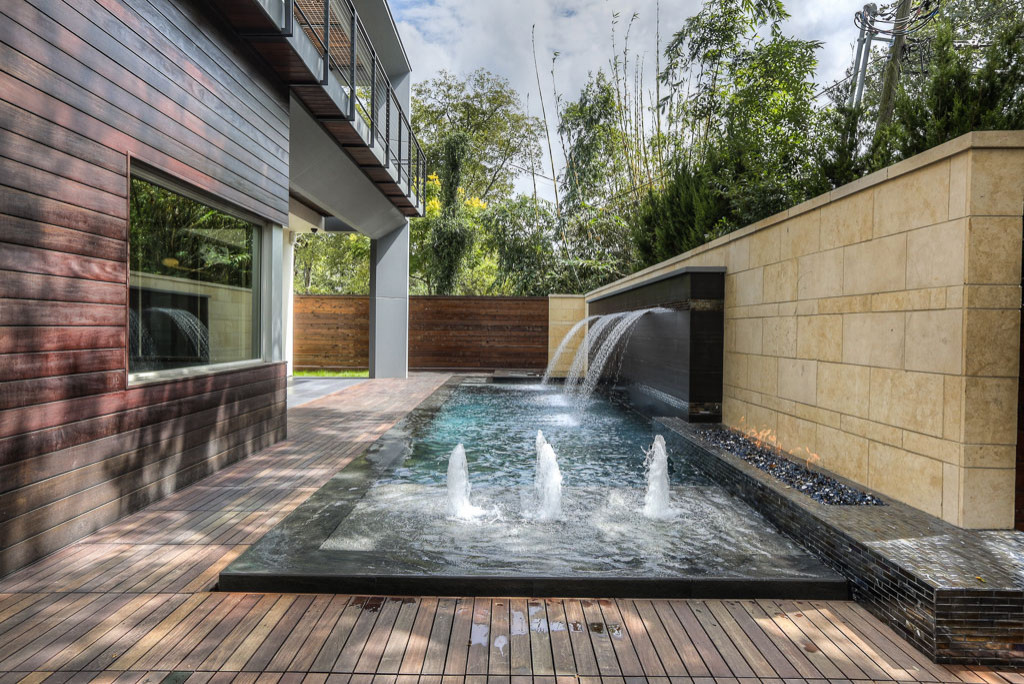
Before you select a water feature, think about its style, size, and how much maintenance you will need to do on it. Regardless if you opt for a small, calm fountain or a more elaborate pond or waterfall, the feature should play nicely with your deck and garden design.
8. Adapting for Seasonal Changes
Your integrated deck and garden should change with the seasons. During summer, you may focus on creating shade and providing comfort during hot days, while in winter you may have to add some heaters or fire pits for warmth and use. Seasonal plants and garden decorations can help to keep your deck and garden close together throughout the year.

As an example, you can have evergreens or hardy plants to make your area lively through chilly months. Seasonal additions like outdoor cushions for the summer or cozy blankets for the winter can help make the space warm all year long.
Conclusion
A deck integrated with your garden is optimal, and will allow you to have an aesthetically pleasing outdoor space that is of equal use and harmonious. It becomes a place where home comfort and nature’s beauty exist as one. But remember, the secret to success lies in careful planning, attention to every detail, and an elegance with the natural elements of your garden.
